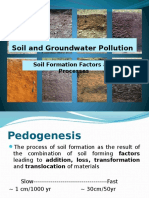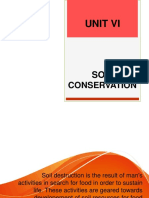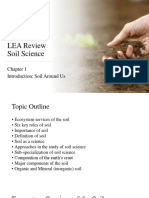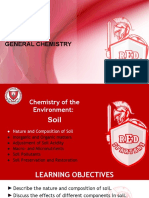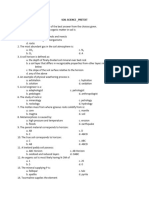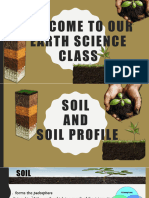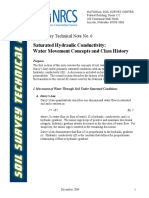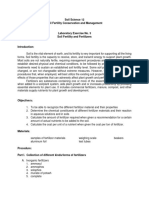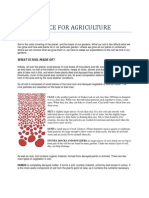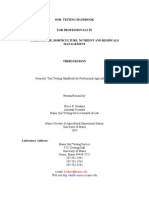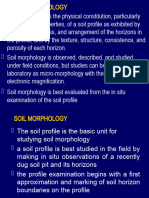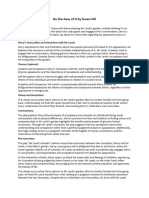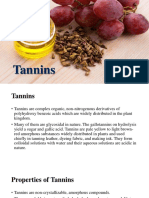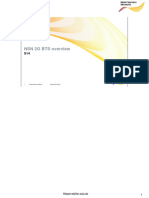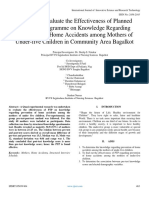100% found this document useful (2 votes)
317 views73 pagesSoil Classification - Part 1
This document discusses soil classification and profiles. It defines different soil horizons based on their properties and how they are formed. The document also explains the processes involved in soil formation and outlines a system for naming soil horizons to identify characteristics.
Uploaded by
Rogelio Jr. PicartCopyright
© © All Rights Reserved
We take content rights seriously. If you suspect this is your content, claim it here.
Available Formats
Download as PDF, TXT or read online on Scribd
100% found this document useful (2 votes)
317 views73 pagesSoil Classification - Part 1
This document discusses soil classification and profiles. It defines different soil horizons based on their properties and how they are formed. The document also explains the processes involved in soil formation and outlines a system for naming soil horizons to identify characteristics.
Uploaded by
Rogelio Jr. PicartCopyright
© © All Rights Reserved
We take content rights seriously. If you suspect this is your content, claim it here.
Available Formats
Download as PDF, TXT or read online on Scribd
/ 73









